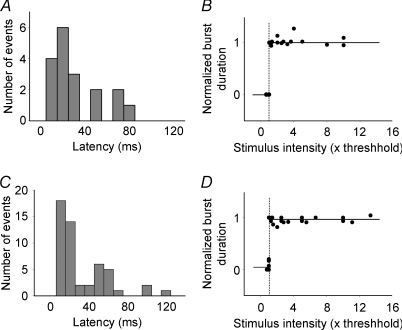Figure 4. The long-and-variable latency and all-or-none characteristics of the CA3 population bursts from immature and mature rats.
A, histogram showing the distribution of the latency values of 18 bursts pooled from 8 CA3 minislices from immature rats. The latency values ranged from 5 to 75 ms, suggesting these bursts were multi-synaptic responses. Bin = 10 ms. B, pooled data from 9 CA3 minislices from immature rats showing the all-or-none nature of the prolonged network bursts; that is, stimulation below or at threshold intensity (≤ 1) evoked no bursts (duration = 0), while threshold or slight supra-threshold stimulations (≥1) elicited full-length bursts (duration = 1), and a further increase of stimulus intensity up to 10 times threshold no longer significantly increased burst duration. The vertical dashed line indicates the threshold (i.e. 1) and the short and long horizontal lines indicate the lack of a burst (0) and the emergence of a full length burst (1) in response to threshold stimulation, respectively. C, histogram showing the distribution of the latency values from 51 bursts pooled from 9 slices from adult rats, which ranged from 11 to 131 ms, also suggesting the poly-synaptic nature of the brief epileptiform bursts. Bin = 10 ms. D, data pooled from 9 slices illustrating that the brief population bursts in adult CA3 minislices were also all-or-none.

